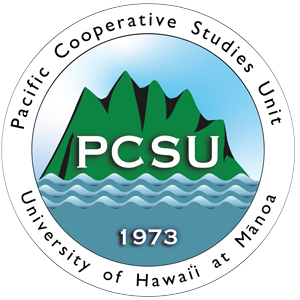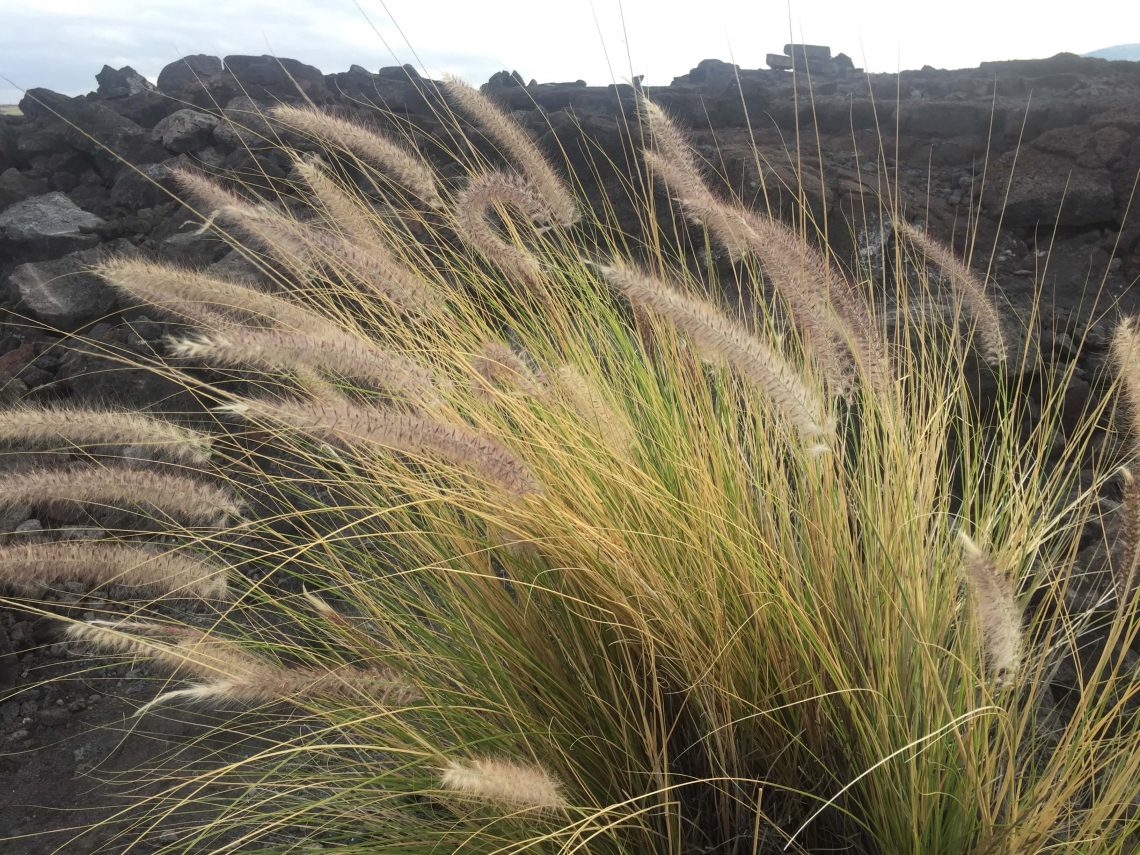
Fountain Grass
Exclusion species: BIISC works with partners to manage this plant in specific areas
Fountain grass(Pennisetum setaceum) was introduced sometime before 1914 as a horticultural plant. Now it threatens the rarest forest type on Earth, the tropical dry forest. A seed packet from the 1900’s boasts, ‛Once established, this ornamental grass is maintenance-free.’ It is an aggressive invader forming monotypic stands in the state’s driest parts, where it poses a significant fire hazard for natural and developed areas. Burning facilitates fountain grass seed germination, and the grass recovers much faster than other species after fires, creating a vicious cycle.
North Kona is forever changed due to the drought-tolerant grass. Mountainsides that once were covered in a diverse array of dry forest species, especially prominent was the yellow-colored halapepe (Chrysodracon hawaiiensis) flowers, are now replaced with pure fountain grass stands. Bare lava flows are quickly colonized and dominated by fountain grass, leaving no room for native dryland species.

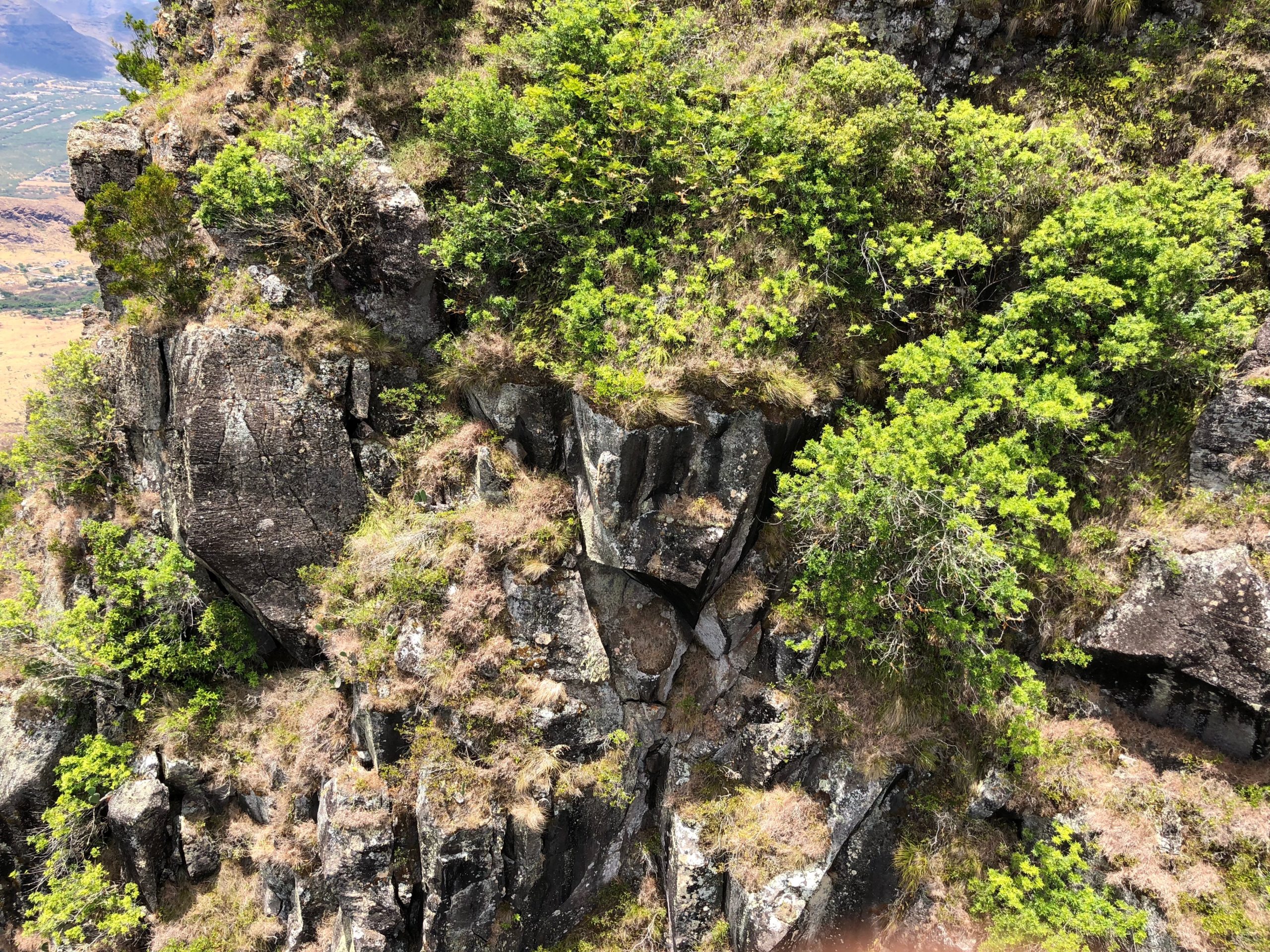
Description:
- Perennial clumping grass
- Pink/purple seed heads, can turn light tan as it matures
- Seed heads are dense cylindrical bristily panicles
- Slender arching leaves
Impacts:
- Increased wildfire risk
- Aggressive growing behavior, creating thick monotipic stands
- Prevents regrowth of native plants
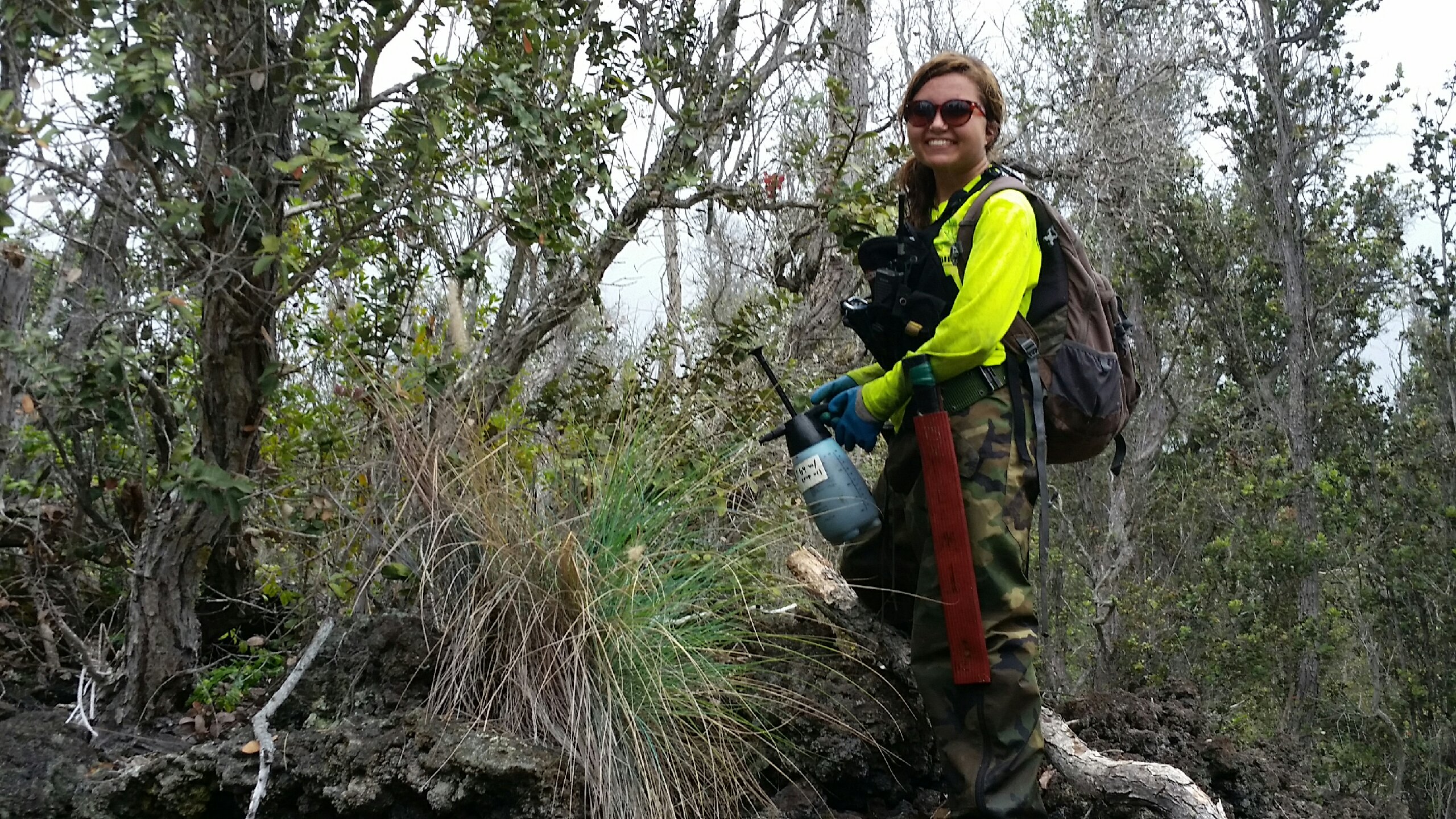
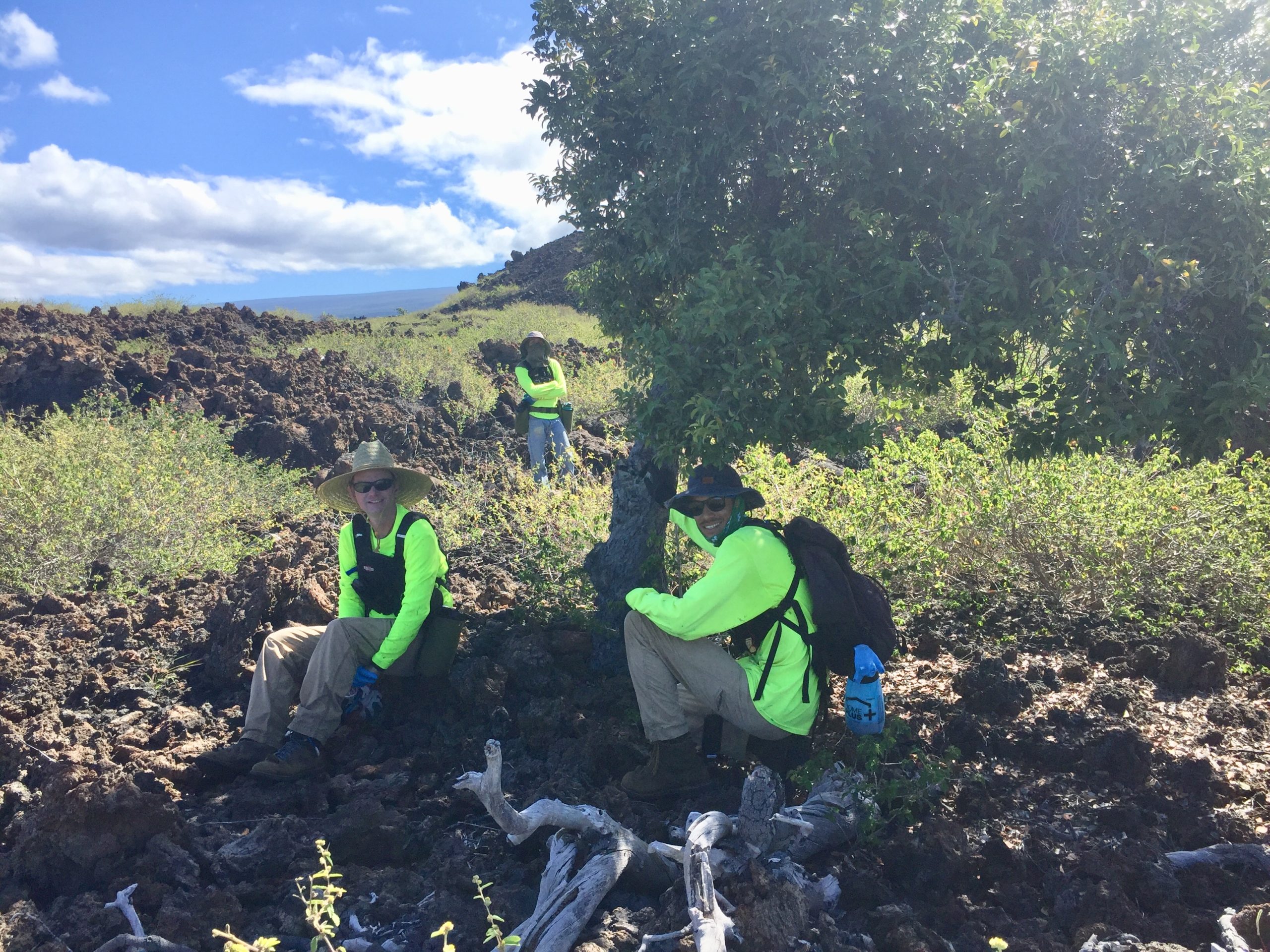
BIISC’s Control Efforts
This invasive plant is extremely widespread on the leeward side of the island, but along with partner agencies, we are working to keep it out of the Manuka Natural Area Reserve.
